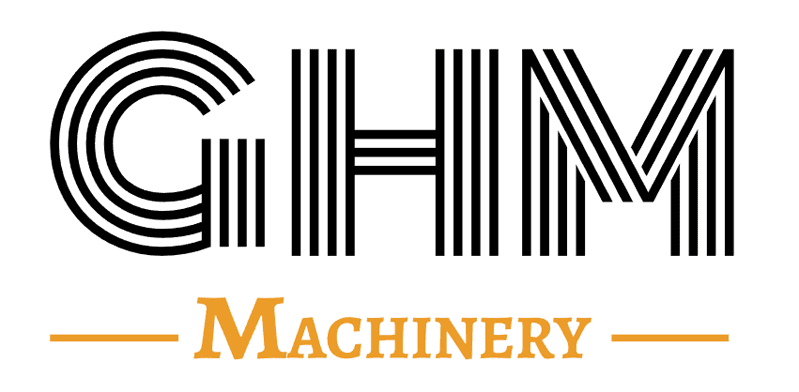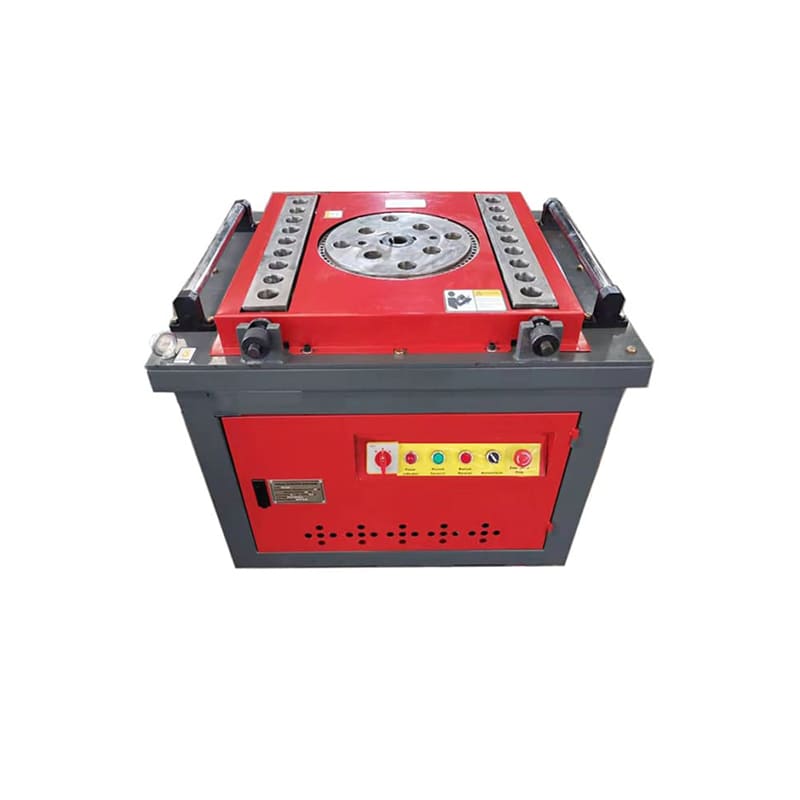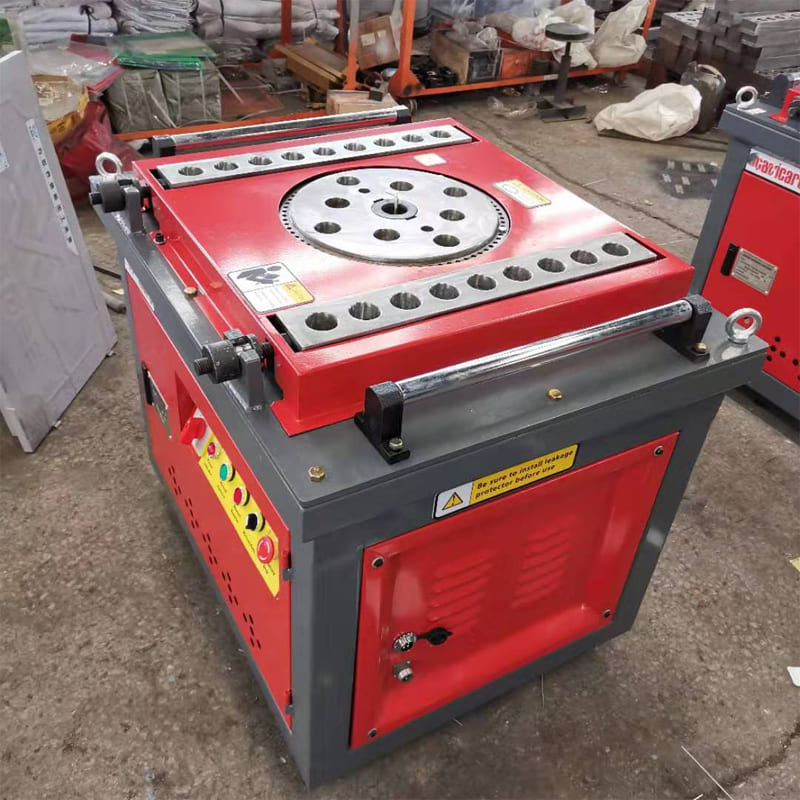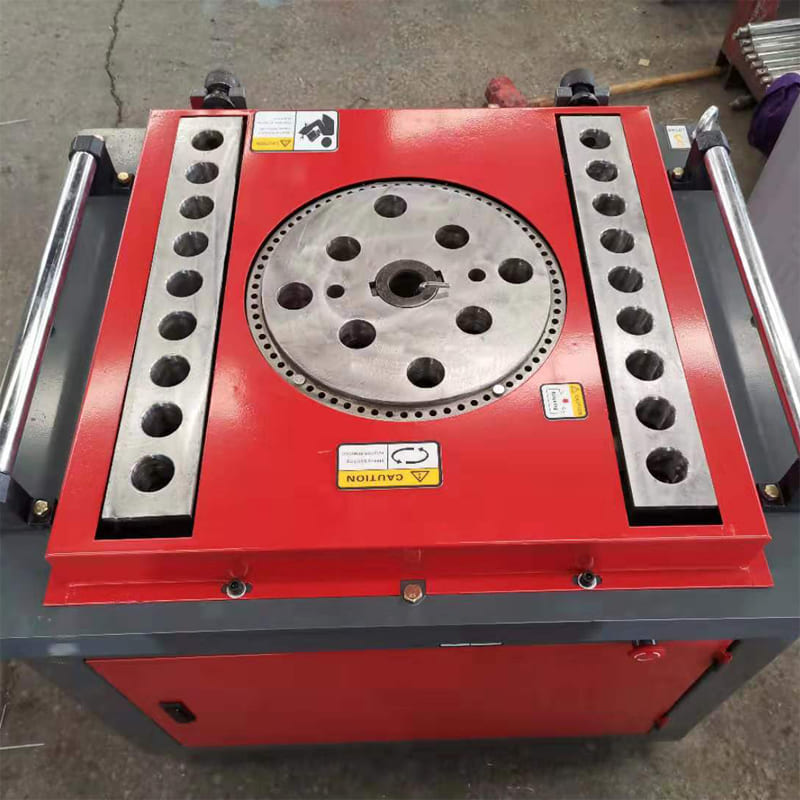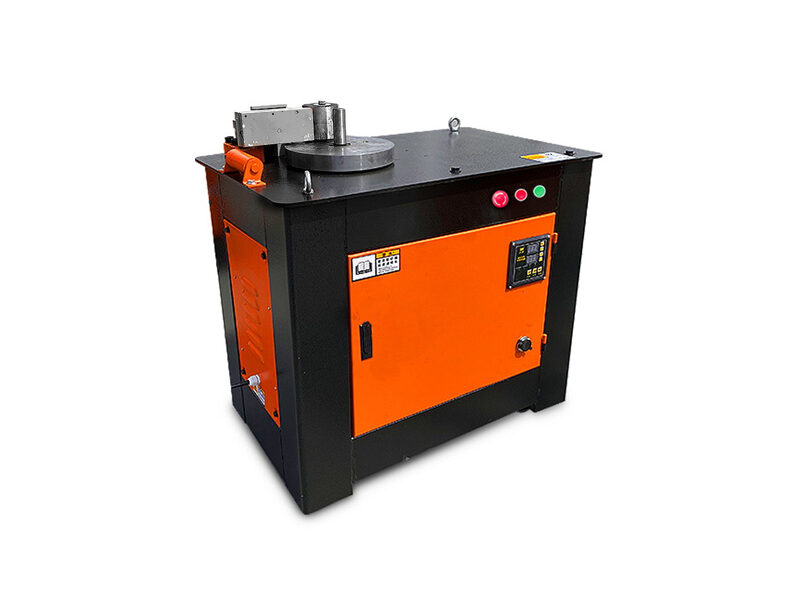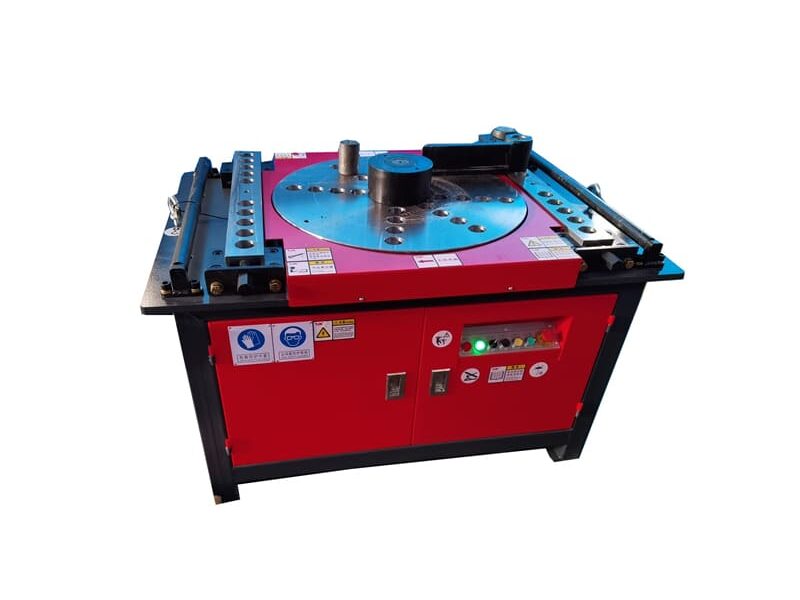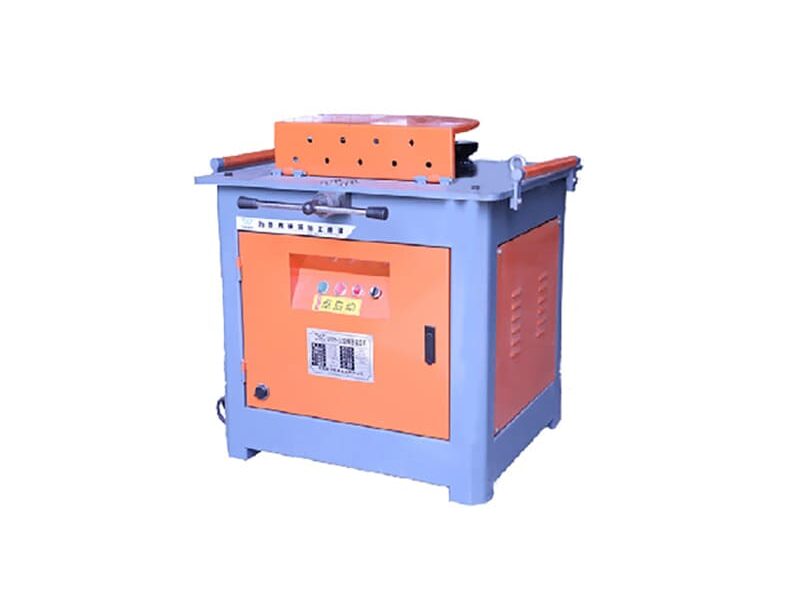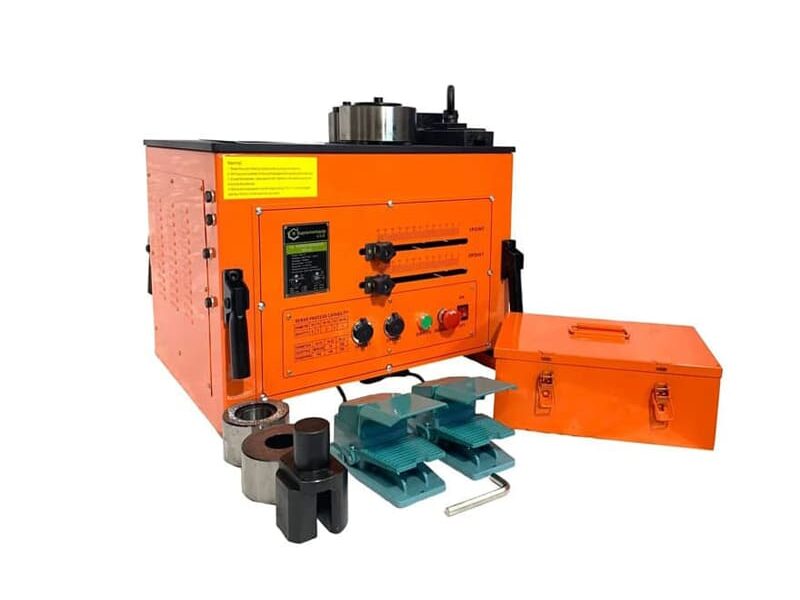GW42D Rebar Bending Machine
GW42D Rebar Bending Machine is an essential tool for efficiently bending a wide variety of steel bars used in construction projects. Its versatile design enhances productivity by enabling automatic bending while also allowing for manual loading and unloading. This model is distinguished by its advanced features, such as a non-contact switch sensor and integrated microcomputer control. These innovations significantly reduce bending angle errors often found in traditional machines, making the GW42D a reliable and precise solution for all your steel bar bending requirements.
| GW42D Rebar Bending Machine | ||
| Bending Capacity | II Rebar(≤450N) | ≤ø42mm |
| III Rebar(≤650N) | ≤ø36mm | |
| Working Dish Size | ø350mm | |
| Spindle Speed | 7- 10rpm | |
| Motor Power | 3kw(3 Phase) | |
| Weight | 330kg | |
| Dimension | 1050*910*1010 | |
| Voltage | 380v/220v/415v/440v | |
Key Features
Durable Gearbox Design:
The GW42D features a fully enclosed gearbox that is separated from the work plate. This design prevents deformation and stops oil leakage, even when under heavy loads, ensuring both durability and safety during operation.
High-Quality Construction:
Constructed from premium alloy steel, the key components—such as gears, shafts, and working discs—are heat-treated and housed in a sturdy 3mm thick outer shell. This ensures exceptional strength and long-lasting performance.
Precise Bending and Positioning:
Equipped with a dust-proof brake motor and limit switches, the GW42D guarantees accurate bending angles. Movable saddles and insert-pinned disks enable precise adjustments, providing consistent results with every use.
Versatile and Robust Operation:
This machine is built for reliability, featuring forged steel parts and advanced heat treatment. It offers both manual and automatic bending modes, along with easy angle adjustments, making it adaptable for a wide range of applications.
Working Principle:
GW42D Rebar Bending Machine operates using a horizontal working disc that rotates around a vertical axis. Initially, steel bars are placed on the disc and secured with a supporting pin. The machine is equipped with both a center pin and a bending pin mounted on the disc. As the disc rotates, it bends the steel bar into the desired shape. The working disc has multiple holes for inserting bending pins, allowing for easy adjustments to accommodate various bar diameters by simply swapping out the center pins.
